- About us
- Support the Gallery
- Venue hire
- Publications
- Research library
- Organisation chart
- Employment
- Contact us
- Make a booking
- Onsite programs
- Online programs
- School visit information
- Learning resources
- Little Darlings
- Professional learning
Charles Rodius was born in Köln, Germany and spent several years in Paris where he studied and worked as a teacher of 'music, painting, drawing and languages in families of the first distinction'. He then went to London where, in 1829, he was convicted of theft and sentenced to transportation to New South Wales for seven years. Soon after he arrived in Sydney he was assigned to the Department of Public Works as a draughtsman, and consequently was employed as a drawing teacher to 'most of the Civil and Military officers'. He subsequently completed commissions for the free settler and ex-convict classes as well as producing prints – and portraits particularly – for the popular market. Rodius cashed in on the celebratory mood surrounding the safe return of Ludwig Leichhardt's (1813–1848) first expedition in March 1846, advertising in April that he had 'prepared an excellent likeness of the worthy explorer, which it is his intention to lithograph for publication'. Rodius' output also included lithographs of the notorious felons John Knatchbull and John Jenkins (sold as souvenirs of their executions) and portraits of First Nations people from the Sydney, Broken Bay and Shoalhaven districts, which were sold 'at such charges as will place [them] within the reach of all classes'.
Purchased 2004
Charles Rodius (age 44 in 1846)
Friedrich Wilhelm Ludwig Leichhardt (age 33 in 1846)
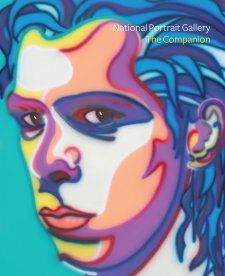
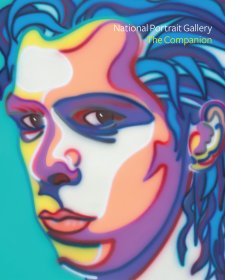
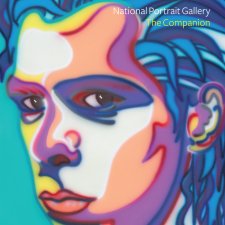
On one level The Companion talks about the most famous and frontline Australians, but on another it tells us about ourselves.
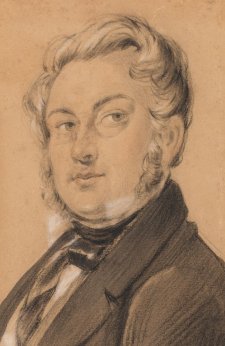
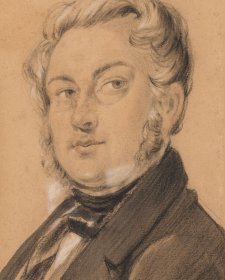
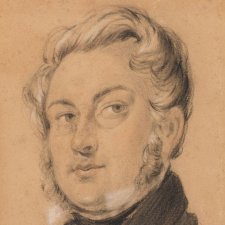
Whether the result of misadventure or misdemeanour, many accomplished artists were transported to Australia where they ultimately left a positive mark on the history of art in this country.
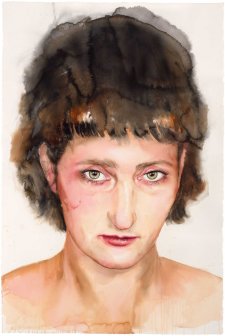
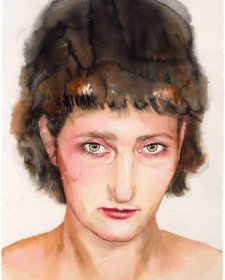
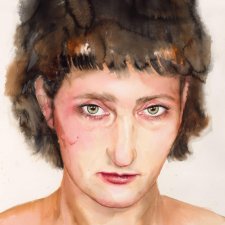
Encompassing the 1820s to the 2020s, Time and Line showcases the depth and extent of our drawing collection.